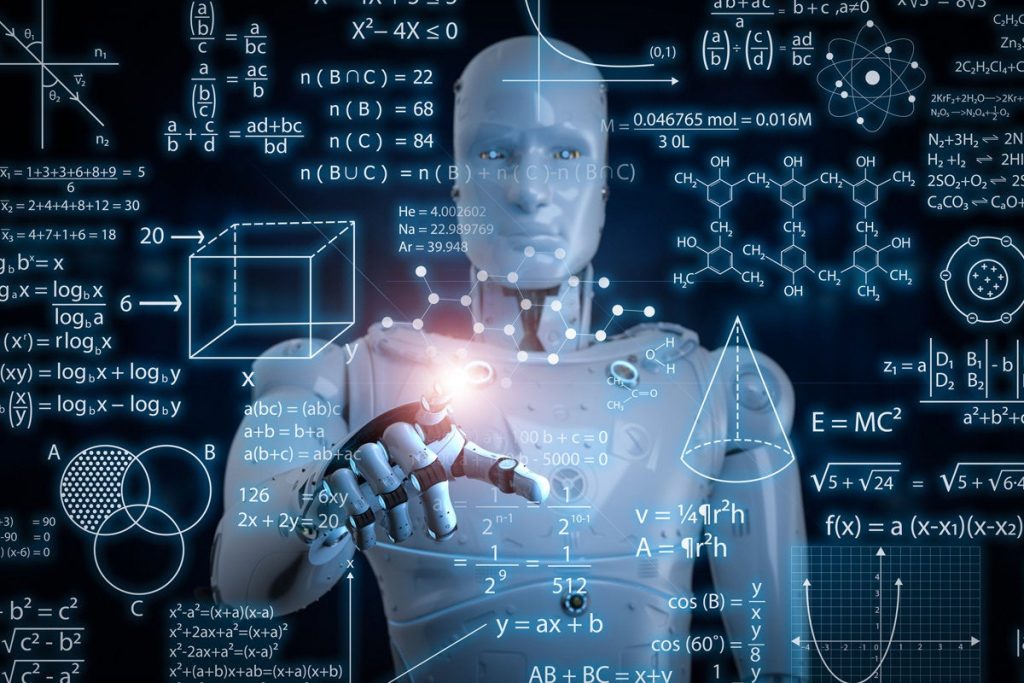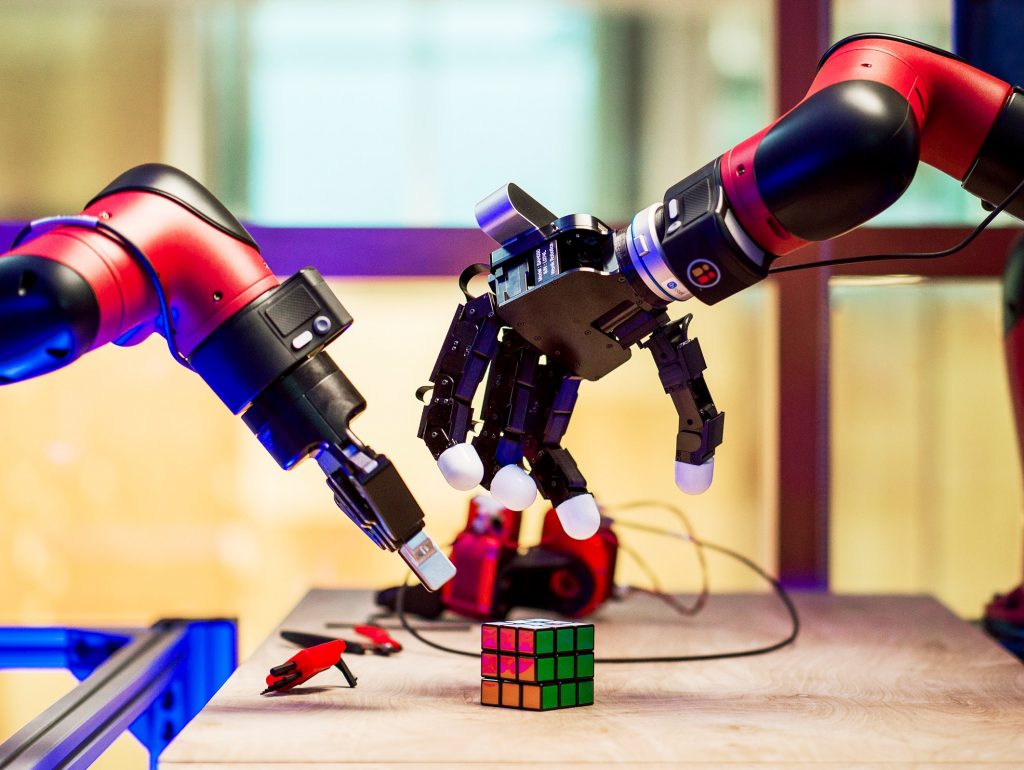As with previous technological advancements, the next generation of robots will significantly alter the job market by utilizing AI and automation to enhance efficiency handled by human workers. This concept is an example of disruptive innovation, which occurs when a new technology can operate with fewer resources, allowing it to compete more effectively against those that do not.
In terms of cognitive ability and, in some cases, appearance, more human-like. They already work with humans in warehouses and factories, fast food restaurants, and clothing stores. They even started to do things that humans used to do, like making coffee, caring for the elderly, and transporting toilet paper.
Is Robotics good for the future?
It depends on who you ask. Human workers will be freed up to focus on complex tasks, but robots will eliminate jobs for an estimated 120 million people worldwide, including 11.5 million in the United States. Human-like robots are used for entertainment and communication, but they will not be able to copy human movements.
Humans Are Still Way Smarter Than Robots
Understanding what disruptive innovation is and how it might potentially affect your industry can be the difference between seeing a disruption coming and possibly losing your customer base to a newer and younger competitor. Gen Xers were the most familiar with the phrase, while almost 40 percent of millennials also were in touch with the concept. Centennials, on the other hand, had the least experience with disruptive innovation.
To emphasize this point, RightHand created the Pick Like a Robot game, which requires three people to perform the functions of a robot. One person is blindfolded and given a pair of metal tongs, and they must grab the object in question. Another person serves as the robot’s vision system by putting their finger on the item they want the picker to select. The third party is the robot’s intelligence, which is in charge of instructing the picker on how to grasp the item. The challenge, as in robotics, is to seamlessly integrate all of those systems. It is, without a doubt, extremely difficult.
Consider the challenges in Righthand’s Pick Like a Robot game and apply them to any mechanical task you can think of. It’s not just the task, but also the speed with which it’s completed. Is a device like this “ultrasonic gripper” a viable option? Maybe. However, robots are still slow and deliberate, according to Bhasin. Despite this, “it won’t take a hundred thousand years to make these things as capable as humans.”


